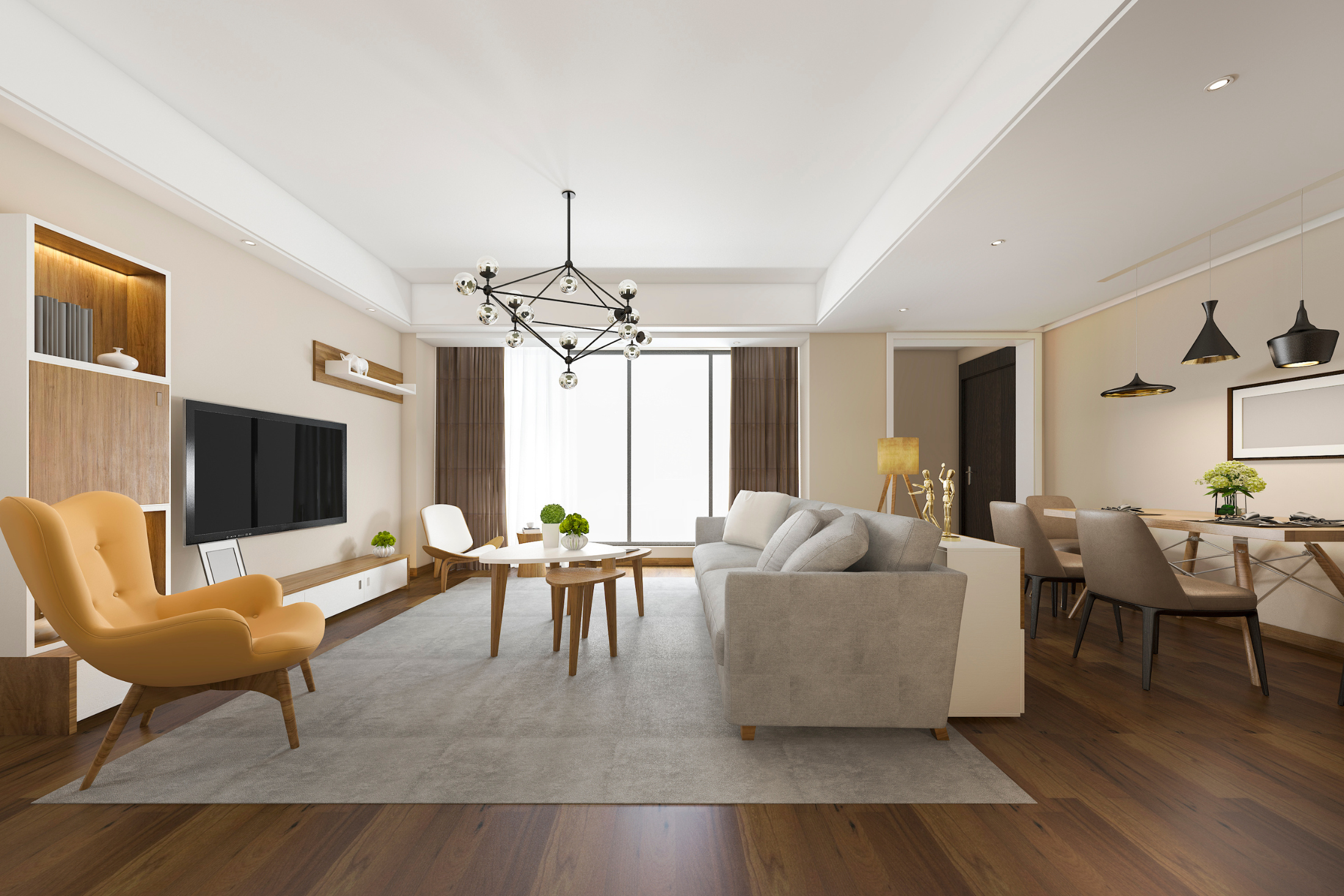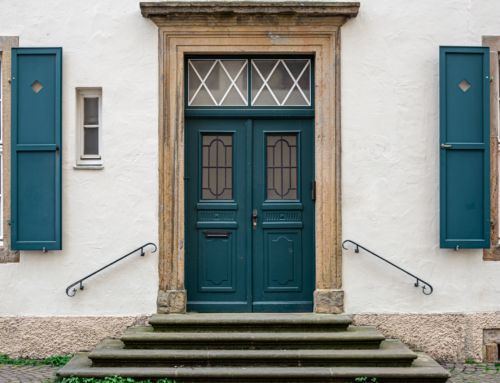Virtual tours moved from novelty to necessity over the last few years, and they did so for good reasons that remain true even as open houses feel normal again. A well made virtual tour lets a buyer study a home on their own time and in their own way. It lets them walk from entry to kitchen without guesswork. It lets them check the angle of light in a rear room, the relation between a bedroom and a bath, and the width of a hallway that will determine whether a beloved bookcase can come along. For sellers, a tour filters the audience so that the people who schedule a showing are the ones who already see how their life might fit. Everyone saves time and the quality of in person visits rises. This piece explains why virtual tours matter, how they work with local search behavior, and how to use them well in Greater Philadelphia.
Buyers begin online and they often stay online for weeks before calling an agent. That simple truth shapes outcomes. Listings that anticipate questions convert views into showings. Listings that force guesswork bleed attention. A virtual tour is the cleanest way to eliminate guesswork because it brings the layout to life without marketing gloss. It answers the question that no floor plan alone can answer. How does this house feel when I move through it. The more clearly you answer that question, the more quickly the right buyers lean in and the more calmly they write when they arrive in person.
Several marketing and retail studies have tracked how interactive visuals change buyer behavior. A practical summary from Entrepreneur explains that people spend more time with listings that allow exploration and that these tools improve recall and intent because visitors are not only watching, they are choosing where to look. A focused guide from a virtual tour provider expands on the same idea and adds operational detail about how tours keep visitors on a page long enough to understand the product and to self qualify. That article sits here on 360 Virtual Business Tours and it matches what we see every week in our local market. When buyers can explore a space freely, they either step forward or step away. Both outcomes are good because they sharpen the pool of in person showings.
Virtual tours also serve the way our region lives. Greater Philadelphia covers a wide area and buyers often shop across city blocks and suburban townships during the same search. A couple might compare a rowhome near a regional rail stop with a twin in a walkable borough and a single home on a quiet cul de sac. They will not drive to ten addresses in a day the way they would within a single neighborhood. They will spend their weekday evenings inside tours, then book a small set of visits for the weekend. Sellers who offer clear tours win a place on that short list because they respect the buyer’s time and because they remove the fear that an in person visit will be wasted.
The quality of a virtual tour matters as much as the choice to include one. A series of still photos stitched into a quick slideshow is not a tour. A true tour lets a visitor stand in a room and look around on their phone or laptop as if the photographer placed a quiet tripod in the center and stepped away. Navigation should feel natural. Move forward to the next point, rotate to take in the ceiling height, look down to sense the floor finish, and peek through a doorway to see what comes next. The best tours also include a small floor plan in the corner so a viewer can orient themselves after a few clicks. All of this should load quickly, play smoothly, and behave well on a phone screen since that is where a large share of traffic begins.
A common concern is that virtual tours might replace in person experiences. The reality is kinder. Tours do not replace. They prepare. A family who has already walked through a home online will arrive with targeted questions instead of broad uncertainty. They will test water pressure with a plan, measure a wall with a purpose, and listen to the block for a few minutes because they already know the kitchen and the bedrooms meet their needs. That preparation makes showings calmer and negotiations cleaner. Sellers benefit because fewer people visit without intent. Buyers benefit because the day is shorter and the visit is deeper.
Virtual tours also give out of area buyers a fair shot. Our region attracts people who are moving for work at hospitals, universities, and major employers. Those buyers tour on tight schedules and cannot always return before they must decide. A tour lets them study details after a long day of interviews or training. In some cases it lets them offer with confidence after a trusted person attends the showing and confirms what the tour revealed. In this way a virtual tour is not a gimmick. It is a bridge that balances the playing field for people who are relocating and who will soon be our neighbors.
There is a quiet benefit that sellers often overlook. A tour reduces the number of people who visit only to discover that the layout will never work. This has value beyond convenience. It protects floors in winter. It reduces disruption for households with children or pets. It allows a tighter showing schedule because each slot is more likely to hold a true prospect. When a home is tenant occupied or when a seller works from home, this filter turns a hard week into a manageable one.
Search engines also reward listings that keep visitors engaged. Time on page is not the only metric that matters, but it tells a simple story. People stayed because they found what they needed. A tour that holds attention therefore supports the broader aim of getting your listing in front of more qualified eyes. The Entrepreneur overview notes this effect in marketing environments beyond real estate. The 360 Virtual Business Tours guide echoes it with examples of how interactivity increases dwell time. Translate that to housing and the lesson is clear. Give people a reason to stay and they will stay long enough to picture a life.
For buyers who want to act quickly, virtual tours become a sorting tool that feels almost like a private assistant. Open three tabs for homes in your budget and let the tours tell you which one fits your daily rhythm. You might discover that the third bedroom in one home sits too far from the primary suite for a toddler. You might see that the laundry lives on a lower level when you need it near the bedrooms. You might find that the family room has no wall long enough for your current sofa. Those details are not defects. They are the truth of a layout. A tour lets you discover that truth without burning a weekend afternoon.
The best way to see how tours serve real shoppers is to pair them with active listings in the areas you are considering. If you want to start inside the city, scan current addresses here on Homes for sale in Philadelphia and note how you react when a listing offers a genuine walk through compared with one that offers only a handful of stills. The difference in confidence is noticeable. While you explore, you can also get a sense of our approach and our standards on About Albright Real Estate where we outline how we prepare media and guide clients through decisions that depend on clear information.
Good tours are not only for luxury properties. A small condo can benefit even more because it allows a shopper to understand how furniture would live in the space. A compact rowhome gains clarity when the viewer can see the stair width and the relation between living room and kitchen without guessing from two angles. A large suburban home gains efficiency because the visitor can decide whether to focus on the yard and the exterior at the showing, knowing the interior has already been studied in detail. In each case the tour does the heavy lifting before the buyer arrives, which allows the in person time to focus on what cannot be experienced online. Sound, light at different hours, the feel of the block, the height of trees that shade a deck or a porch.
For sellers who want to present their home honestly and attract the right offers, a virtual tour falls into the same category as good photos and a clear floor plan. It is not a luxury extra. It is a core part of how buyers shop. If you pair a clean tour with accurate room labels and a short description that names the features that matter most, you earn trust. Trust becomes momentum, and momentum is what moves a listing from first view to first showing to first offer.
There is a practical question about cost and value. A tour is more expensive than a photo set, but it is less expensive than weeks on market and price reductions. It is less expensive than repeated cleanings and showings that never had a chance. It is less expensive than strained negotiations that might have been avoided if the buyer had known the layout from the start. In a tight labor week a seller should ask what saves the most time and emotion while still protecting price. A tour belongs on that list because it pays back in both attention and efficiency.
Accessibility deserves care as well. Tours should play well on phones and desktops. They should include text labels that help visitors with screen readers understand where they are in the home. They should avoid auto play audio that adds noise and startle. They should load quickly on cellular connections because many shoppers browse during a work break or while riding a train. These small technical choices make a tour inclusive rather than exclusive.
Virtual tours also live beyond the listing portal. They travel in messages between partners, in texts to family members, and in emails to advisors. They support conversations that would otherwise be abstract. Instead of saying the second bedroom is smaller than the first, a buyer can show a partner exactly how the room shapes up. Instead of saying the kitchen has a serviceable working triangle, a buyer can drop a pin inside the tour and show where the fridge sits in relation to the range and the sink. That shared context lowers stress inside households and speeds decisions.
One of the strongest signs that tours are here to stay is how local agents and photographers have standardized their process. Most professionals now pair media days with a checklist that ensures the home looks as good in a tour as it does in stills. Rooms are cleared of personal items. Countertops are simplified. Lamps are turned on. Window coverings are adjusted to avoid blown highlights. Doors are open to suggest flow. This level of care used to be reserved for higher price bands. It is now common in starter homes and move up homes because the audience expects it.
The caution that comes with all of these benefits is simple. A tour must be honest. It should not warp dimensions or hide problem areas. It should not avoid rooms that a buyer will discover in person. The purpose of a tour is to help a buyer decide whether the home fits. That decision requires candor. In the long run honesty protects value because it builds the kind of trust that leads to smooth transactions and clean appraisals.
If you want to put these ideas to work in your own search, start by browsing real listings that include tours on Homes for sale in Philadelphia and note which ones give you enough information to feel ready for a visit. If you are preparing to sell and want to understand when a tour will do the most good for your property and your calendar, you can read how we approach media and strategy on About Albright Real Estate. A short call will answer the rest.
The market continues to reward clarity and care. Virtual tours are a practical expression of both. They respect the buyer’s time, they support the seller’s goals, and they make the whole process less stressful for everyone involved. When you make a tour part of your plan, you are not chasing a trend. You are building a better path from first look to new keys.






